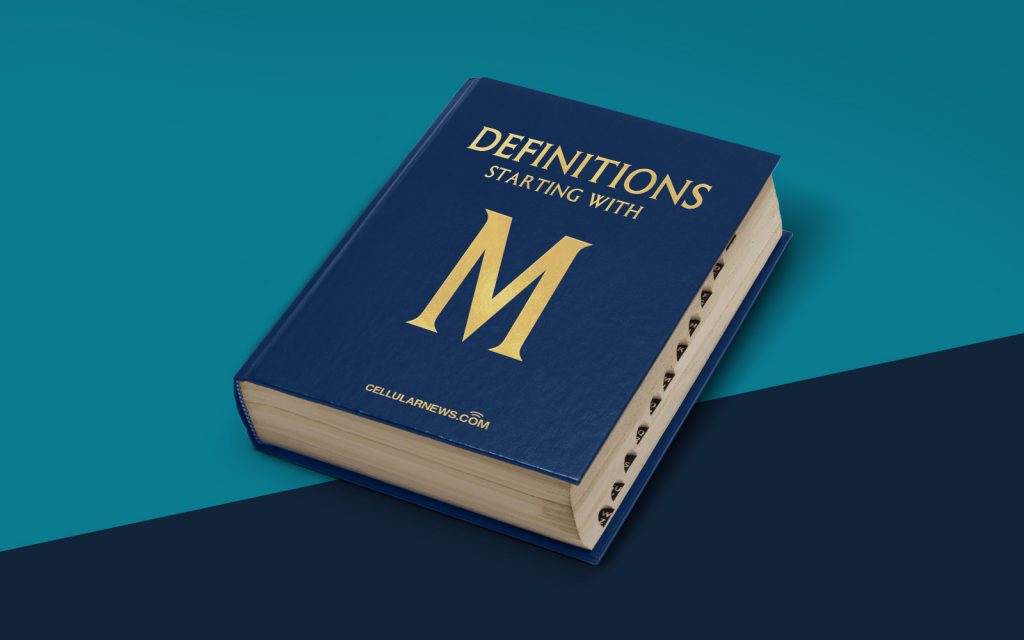
What is Multiple Inheritance?
Welcome to the Definitions category of our blog! Here, we dive deep into various concepts related to programming, technology, and more. Today, we are going to unravel the concept of Multiple Inheritance. So, if you are curious to know what it is and how it can be used, keep on reading!
Key Takeaways:
- Multiple Inheritance allows a class to inherit attributes and behaviors from more than one parent class.
- It promotes code reusability, flexibility, and can help achieve complex relationships between classes.
In object-oriented programming (OOP), inheritance is a fundamental concept that allows classes to acquire properties and methods from other classes. Typically, a class can only inherit from one parent class, but in some programming languages like C++, Python, and Eiffel, multiple inheritance is supported.
Multiple Inheritance, as the term implies, enables a class to inherit attributes and behaviors from more than one parent class. This means that the derived class will have access to the properties and methods of all its parent classes. It promotes code reusability, as the derived class can inherit useful characteristics from multiple sources. For example, if we have a class called “Bird” and another class called “Airplane,” we can create a new class called “Flying Vehicle” that inherits from both “Bird” and “Airplane.”
Now, you might be wondering, why would we need to use Multiple Inheritance? Let’s explore some of the key benefits of this approach:
1. Code Reusability:
Multiple Inheritance allows us to reuse existing code as we can inherit attributes and methods from multiple parent classes. This saves us from writing redundant code and promotes a more efficient and concise development process.
2. Flexibility:
By inheriting from multiple parent classes, we gain the flexibility to combine different attributes and behaviors in a single class. This allows us to create complex relationships between classes, making our code more adaptable to changing requirements and enhancing its overall flexibility.
It is important to note that while Multiple Inheritance offers advantages, it can also introduce potential complications. For example, if two or more parent classes have methods or attributes with the same name, conflicts can arise. Programming languages that support Multiple Inheritance provide mechanisms to manage these conflicts, such as specifying the order of method resolution or using explicit method calls.
In conclusion, Multiple Inheritance is a powerful concept in object-oriented programming that allows classes to inherit attributes and behaviors from multiple parent classes. It promotes code reusability, flexibility, and enables the creation of complex relationships between classes. However, careful consideration and proper management of potential conflicts are necessary when using Multiple Inheritance.
We hope this explanation has shed some light on the notion of Multiple Inheritance. Stay tuned for more interesting definitions and concepts in our Definitions category!
